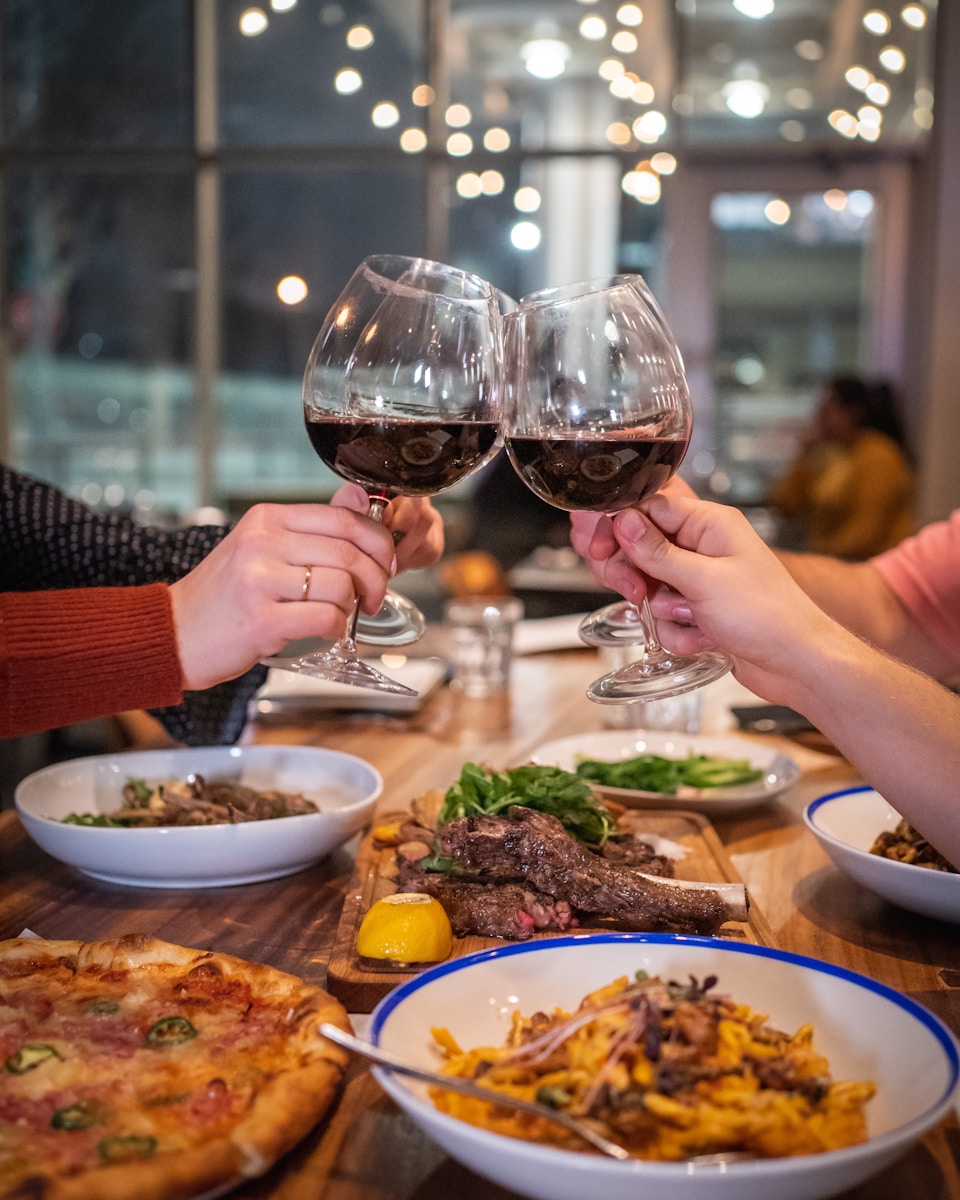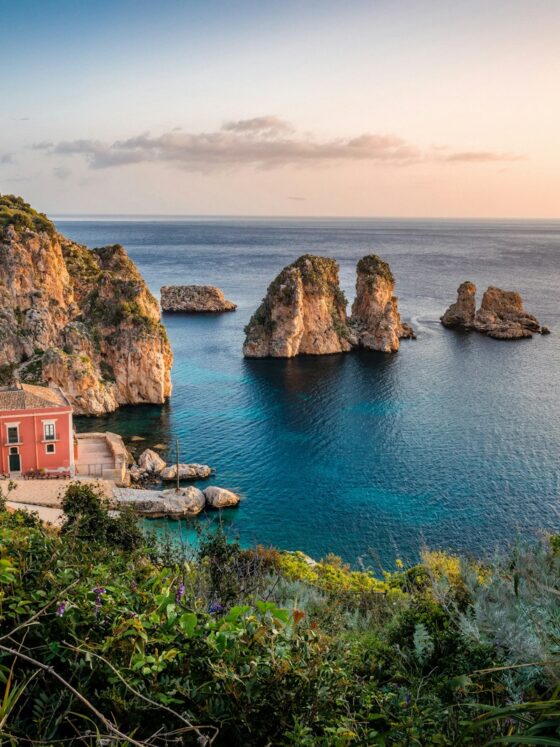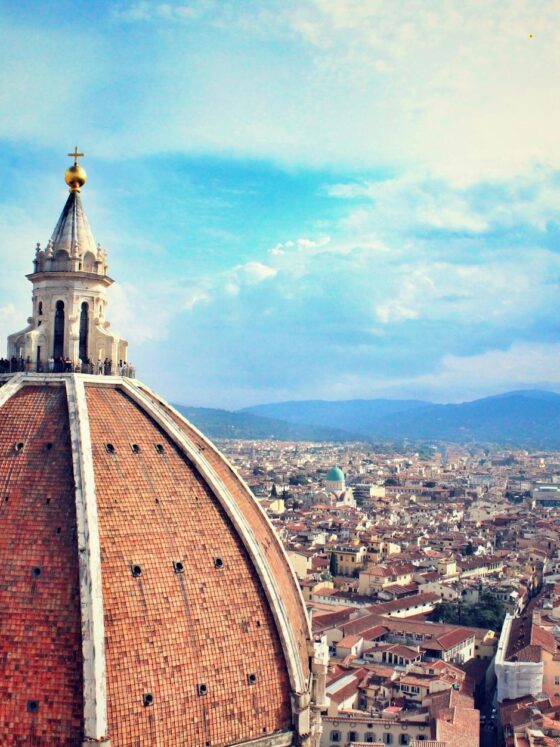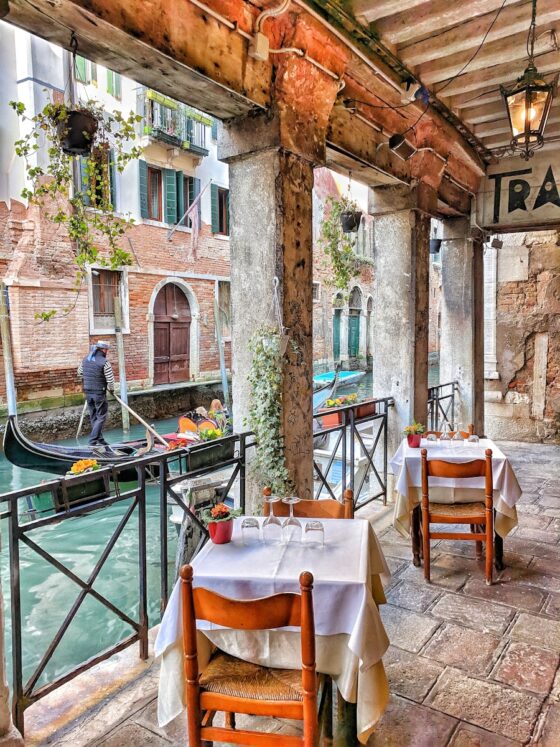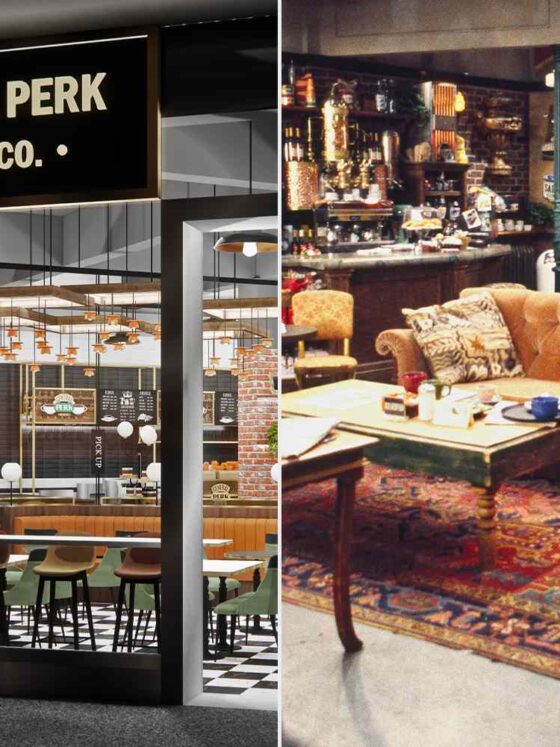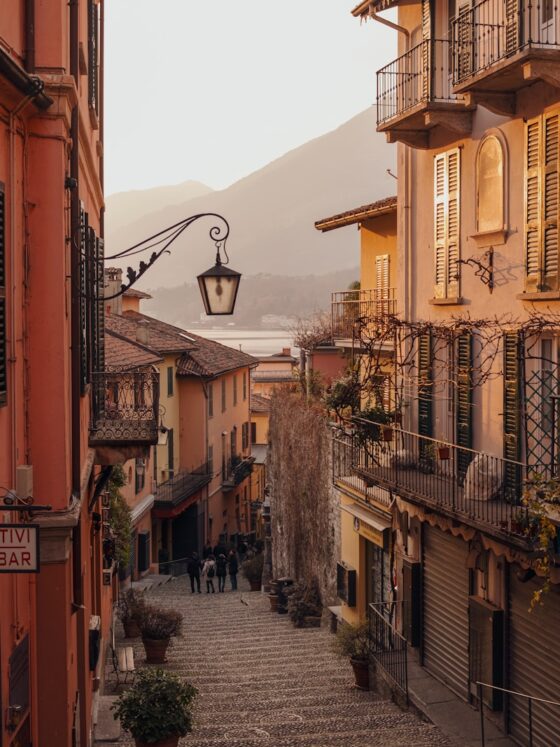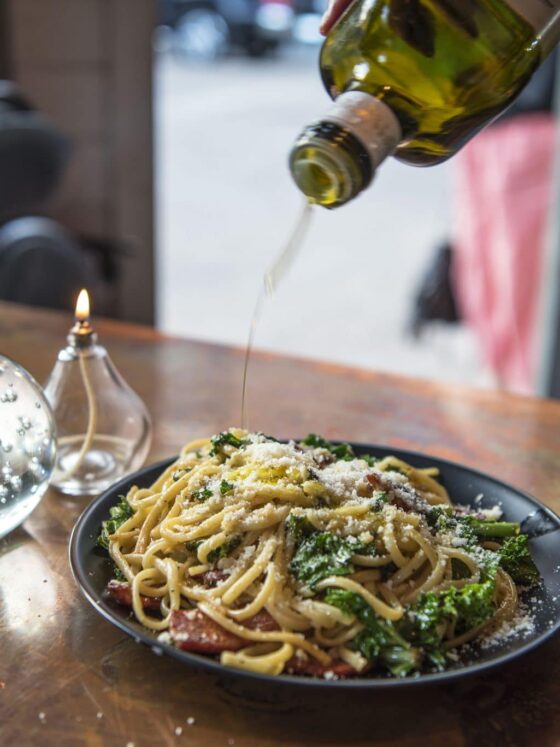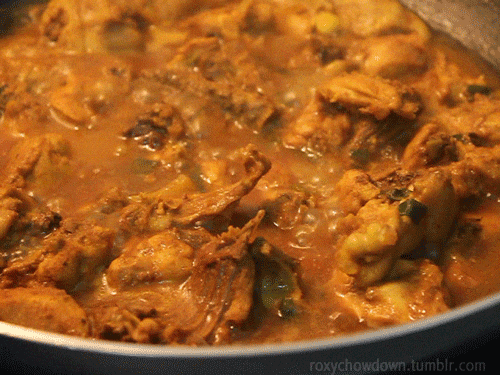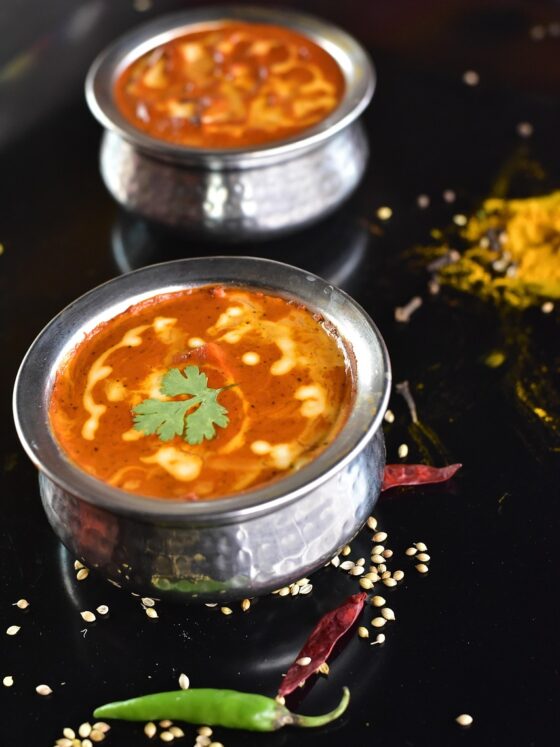If you’re heading to Italy and not building your itinerary around food, you’re doing it wrong. Every Italian city possesses a unique soul, which is embodied in its culinary traditions. From Rome’s bold pasta sauces to Florence’s meaty traditions and Sicily’s citrusy, Arabic-influenced sweets, this guide serves up what to eat in Rome, Florence, and Sicily, with a side of local history and a sprinkle of charm.
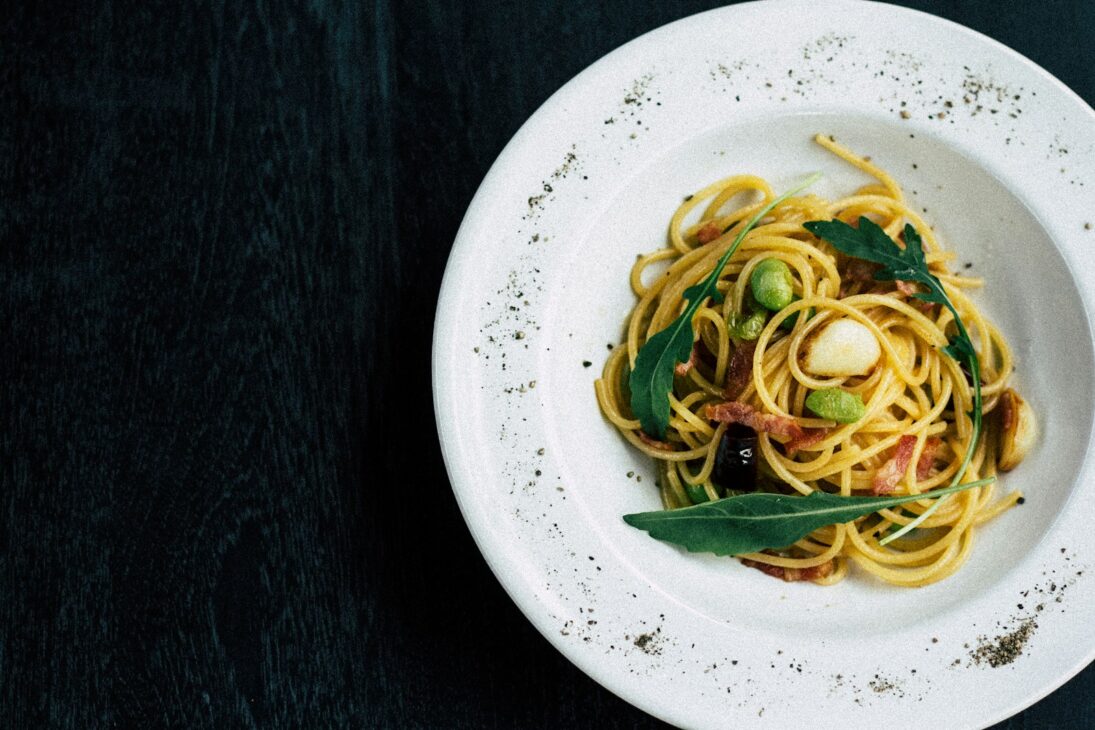
What to eat in Rome: Classic pasta, street snacks and bold flavours
Carbonara—A Roman classic with humble roots

Ask any Roman what to eat first, and the answer is likely carbonara. This iconic dish dates back to the mid-20th century and is believed to have been born during World War II when American soldiers brought bacon and eggs to Rome. Locals swapped pancetta for guanciale and added Pecorino Romano and pepper.
- No cream. No garlic. No compromise.
- It’s rich, silky, and made to be devoured with a glass of red.
Try it at Roscioli or Da Enzo al 29 — both often top the list for the best carbonara in Rome.
Cacio e Pepe—Minimalist magic
Romans love simplicity, and Cacio e Pepe is the perfect example. Made with just three ingredients — pasta, Pecorino Romano, and cracked black pepper — this dish relies on technique and timing.
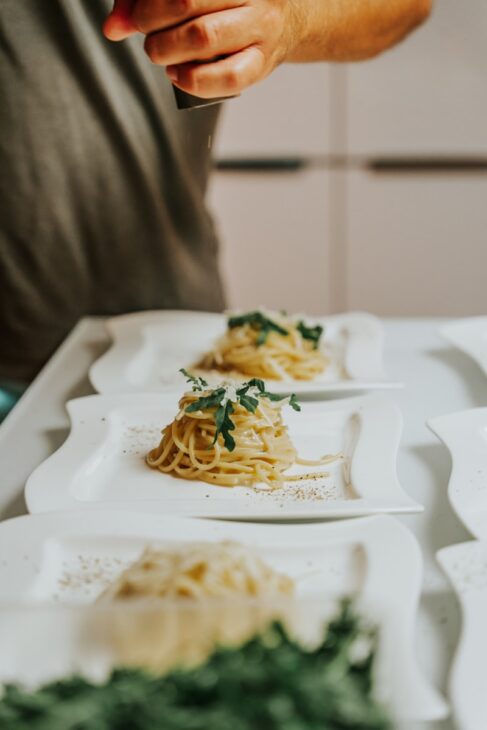
Its origins trace back to Roman shepherds who travelled with dried pasta and cheese — food that could last for days and still satisfy after long hours in the countryside.
Order it at Felice a Testaccio — their version is mixed right at your table.
Supplì—The original stuffed snack
Before there were arancini, there were supplì. These Roman rice balls, stuffed with mozzarella and coated in breadcrumbs, are a beloved street food dating back to the 19th century.
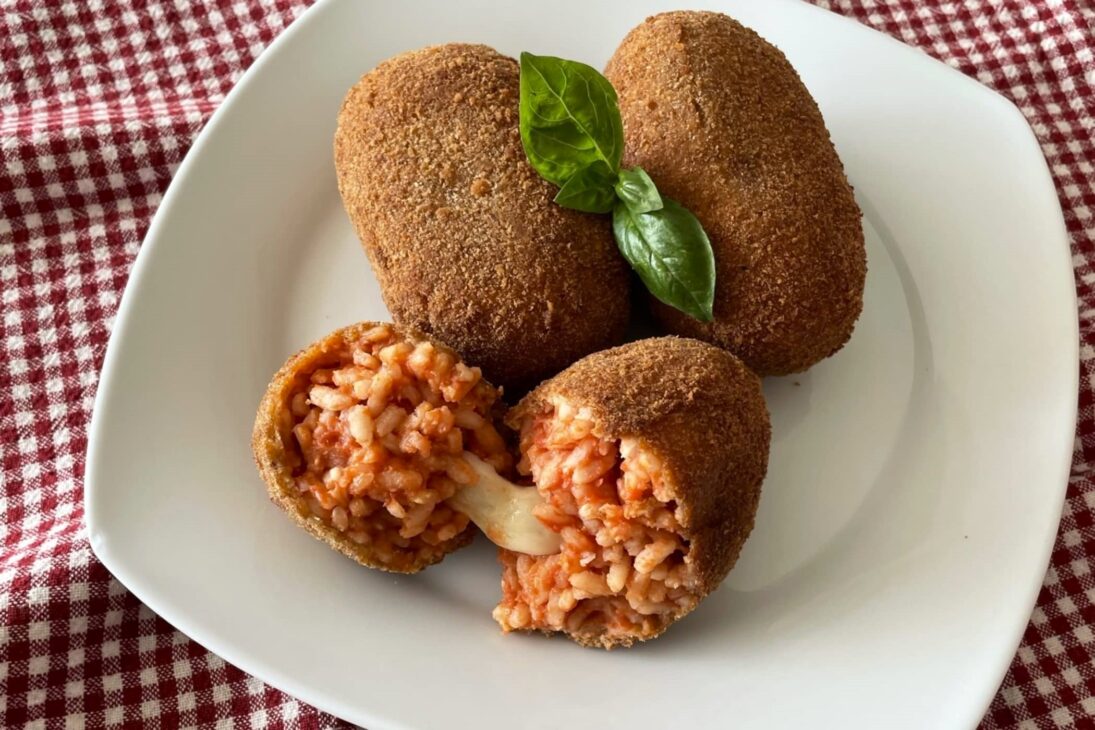
Originally named “supplì al telefono” because the melted mozzarella would stretch like a telephone cord, they’re best eaten hot and fast from a takeaway counter.
Find them at Supplizio or Trapizzino in Trastevere.
What to eat in Florence: Meat, bread, and the soul of Tuscany
Bistecca alla Fiorentina—A steak to remember
Florence doesn’t mess around when it comes to meat. Bistecca alla Fiorentina is a thick-cut T-bone, sourced from Chianina cattle and traditionally grilled rare over hot coals.
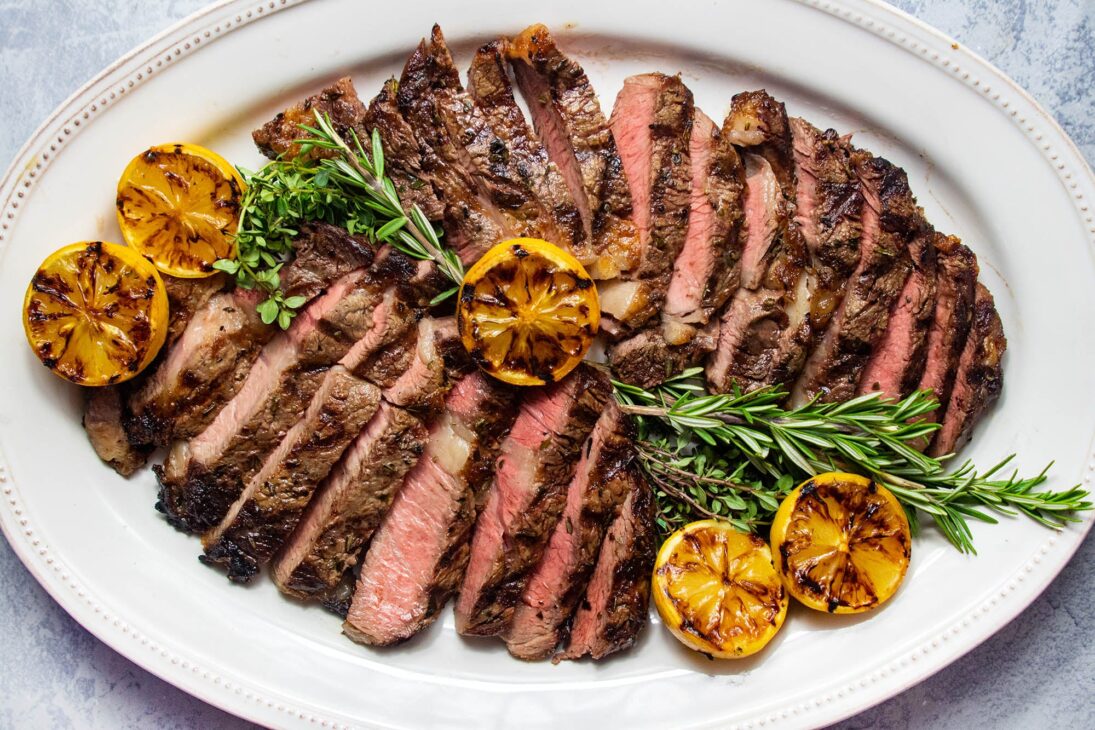
This dish has roots in the Medici era, when feasts would involve huge slabs of beef shared among locals. Today, it’s a must for any carnivore looking to taste Florence’s bold Tuscan spirit.
Try it at Trattoria Mario or Osteria dell’Enoteca — both are known for cooking it the traditional way.
Ribollita—Tuscan comfort in a bowl
Ribollita means “reboiled” a nod to the fact that this hearty vegetable soup was historically made in large batches and reheated over several days.
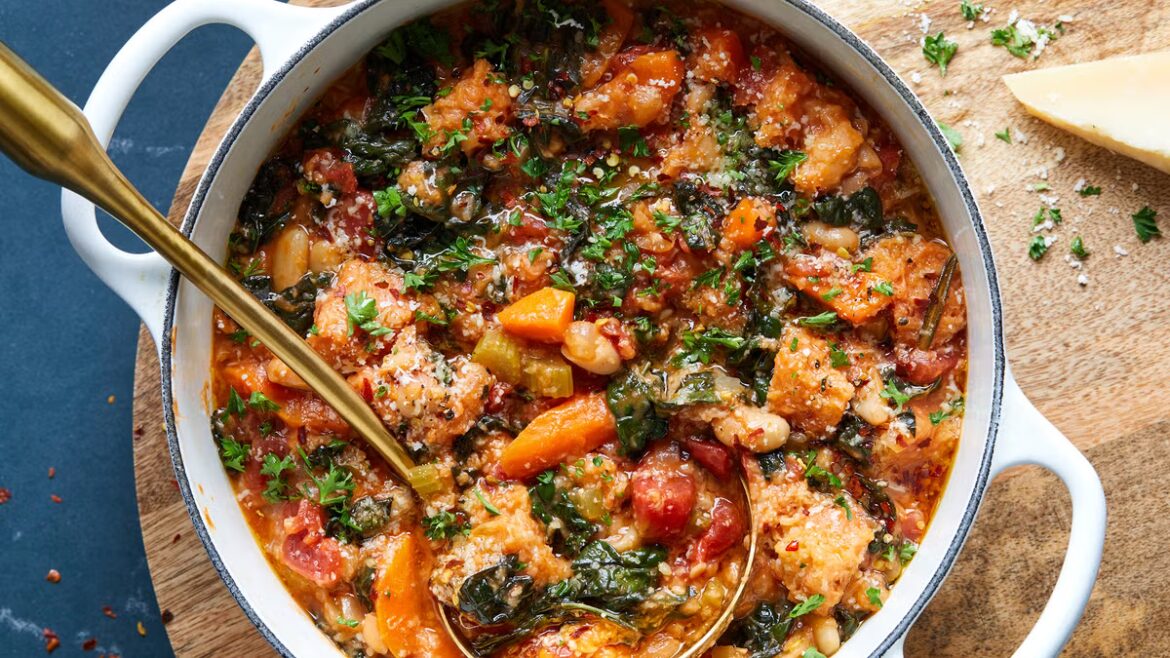
Dating back to medieval times, it was originally a peasant dish made from leftover bread, beans, cabbage, and vegetables. Today, it’s a warming staple in Florentine households.
Best enjoyed at Trattoria ZaZa or I’Brindellone, especially in autumn or winter.
Lampredotto—Florence’s best-kept street food secret
Made from the fourth stomach of a cow, lampredotto is simmered in broth, chopped, and stuffed into a bread roll with salsa verde and spicy sauce.
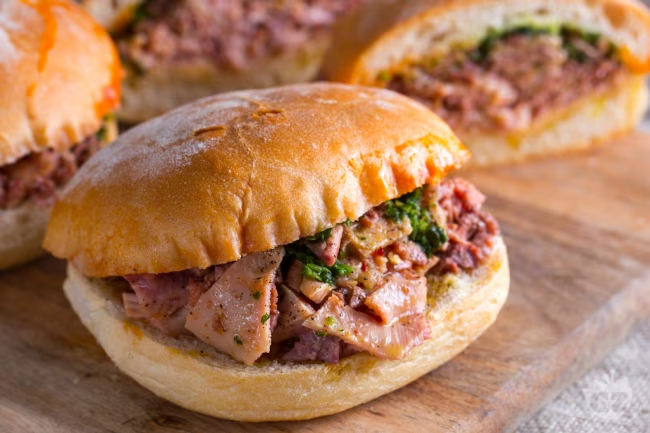
It may sound intimidating, but it’s one of the most authentic bites you’ll find in Florence. The dish dates back centuries and was traditionally sold by vendors to the city’s working class.
Where to go: Trippaio del Porcellino or Trippaio Orazio — both are historic food stalls with cult followings.
What to eat in Sicily: Sweet, citrusy and full of bold character
Arancini—Deep-fried balls of joy
While Rome has supplì, Sicily has arancini — golden, stuffed rice balls often filled with ragù, peas, and cheese, then deep-fried to perfection.
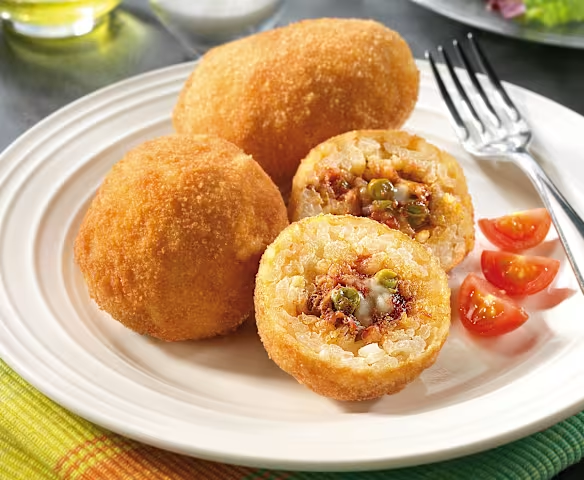
The name comes from the word arancia (orange) due to their shape and colour. Their origins go back to the 10th century during Arab rule, when rice and saffron were introduced to the island.
Try the best at Antica Focacceria San Francesco in Palermo or Bar Savia in Catania.
Pasta alla Norma, Sicily’s proudest pasta
Vincenzo Bellini named this dish after his opera “Norma,” and it’s just as dramatic. Combining fried aubergine, tomato sauce, salted ricotta, and basil, it’s a celebration of Catania’s sun-soaked ingredients.
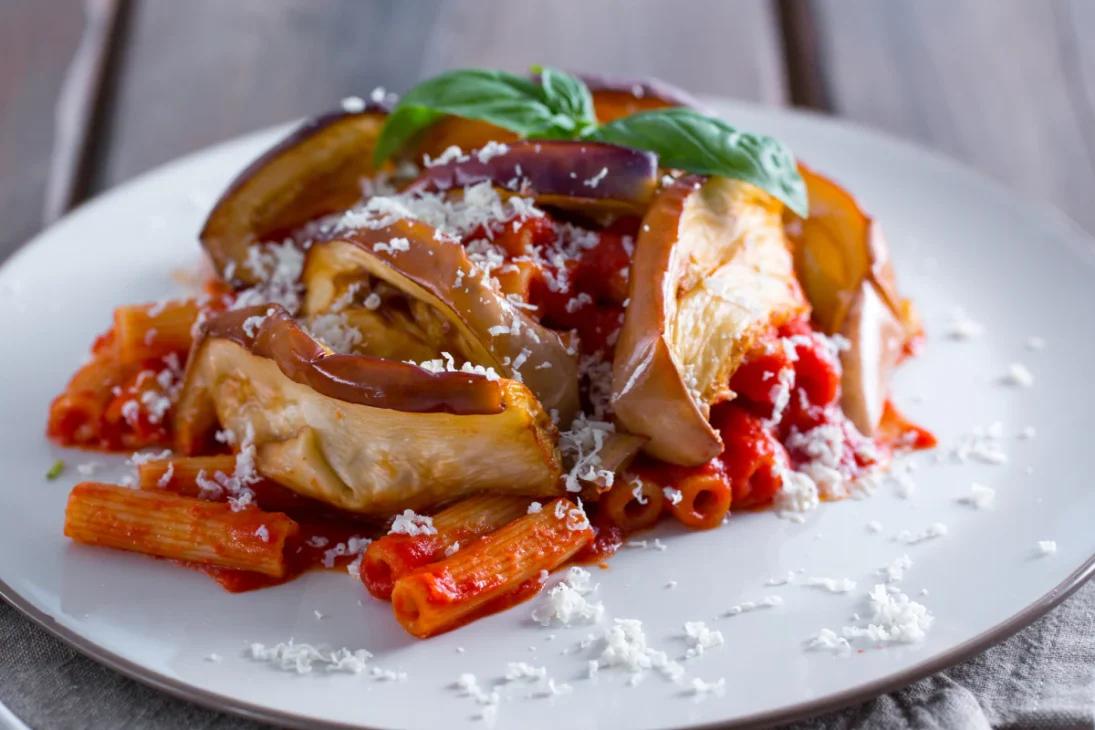
It was created in the 19th century and quickly became a symbol of Sicilian culinary pride.
Enjoy it at Trattoria da Nino in Taormina or Osteria Antica Marina in Catania.
Cannoli—A crispy, creamy love affair
Arguably Sicily’s most famous dessert, cannoli are crunchy pastry tubes filled with sweetened ricotta. Originally made during carnival season, their history can be traced back to the Arab influence in Sicily between the 9th and 11th centuries.
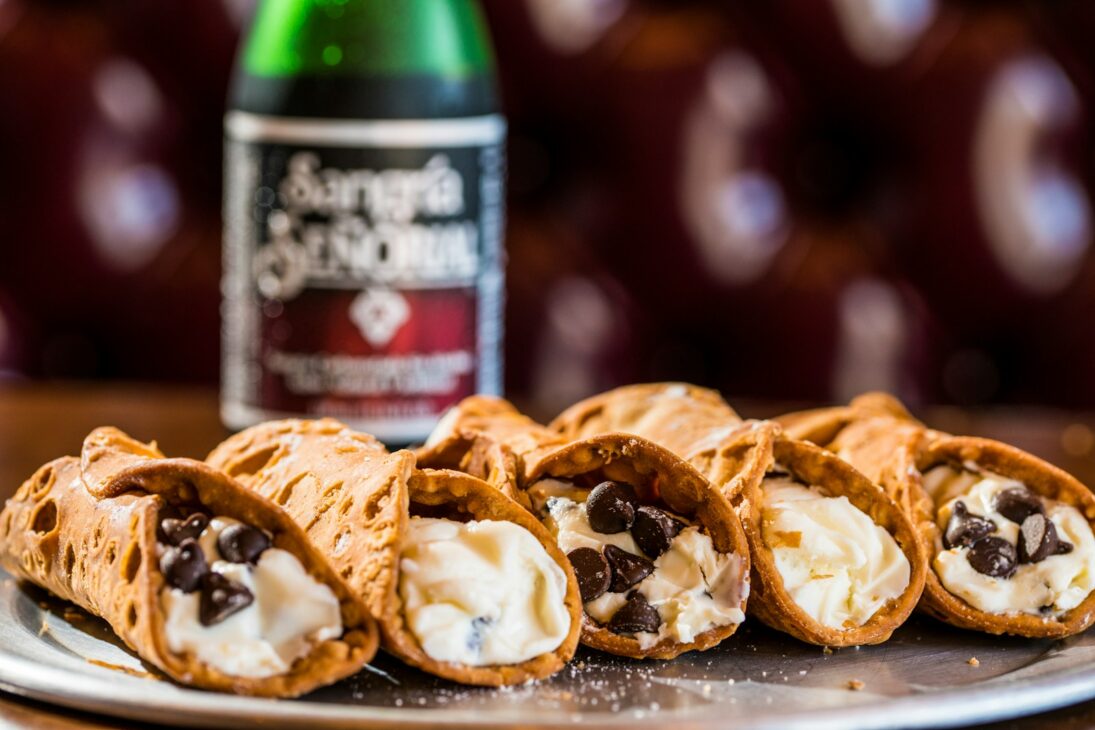
- Legend has it they were first made by nuns in a convent near Caltanissetta.
- Flavoured with pistachios, chocolate chips, or candied fruit, cannoli are impossible to resist.
Top picks: Pasticceria Cappello in Palermo or Piana degli Albanesi, known as the cannoli capital of Sicily.
Final thoughts: Italy’s food isn’t just cuisine
From the bold, peppery sauces of Rome to the grilled meats and slow-cooked soups of Florence and the fried, citrusy, and Arabic-influenced bites of Sicily, each city has a story to tell through its food.

The trick isn’t just knowing what to eat, it’s knowing where, when, and how to eat it. Order the house wine. Chat with the locals. Let the meals last hours.
Because in Italy, eating isn’t just about feeding your stomach, it’s about feeding your soul.
Quick bites for planners
What is the most famous dish in Rome?
Carbonara is arguably the most iconic Roman dish, followed closely by Cacio e Pepe.
What should I try in Florence if I don’t eat meat?
Ribollita is a must-try vegetarian Tuscan classic.
What is Sicily’s most famous street food?
Arancini is the go-to street snack, but don’t skip panelle (chickpea fritters) in Palermo.
Where can I find the best cannoli in Sicily?
Head to Piana degli Albanesi for the freshest, fluffiest ricotta-filled cannoli in the country.

